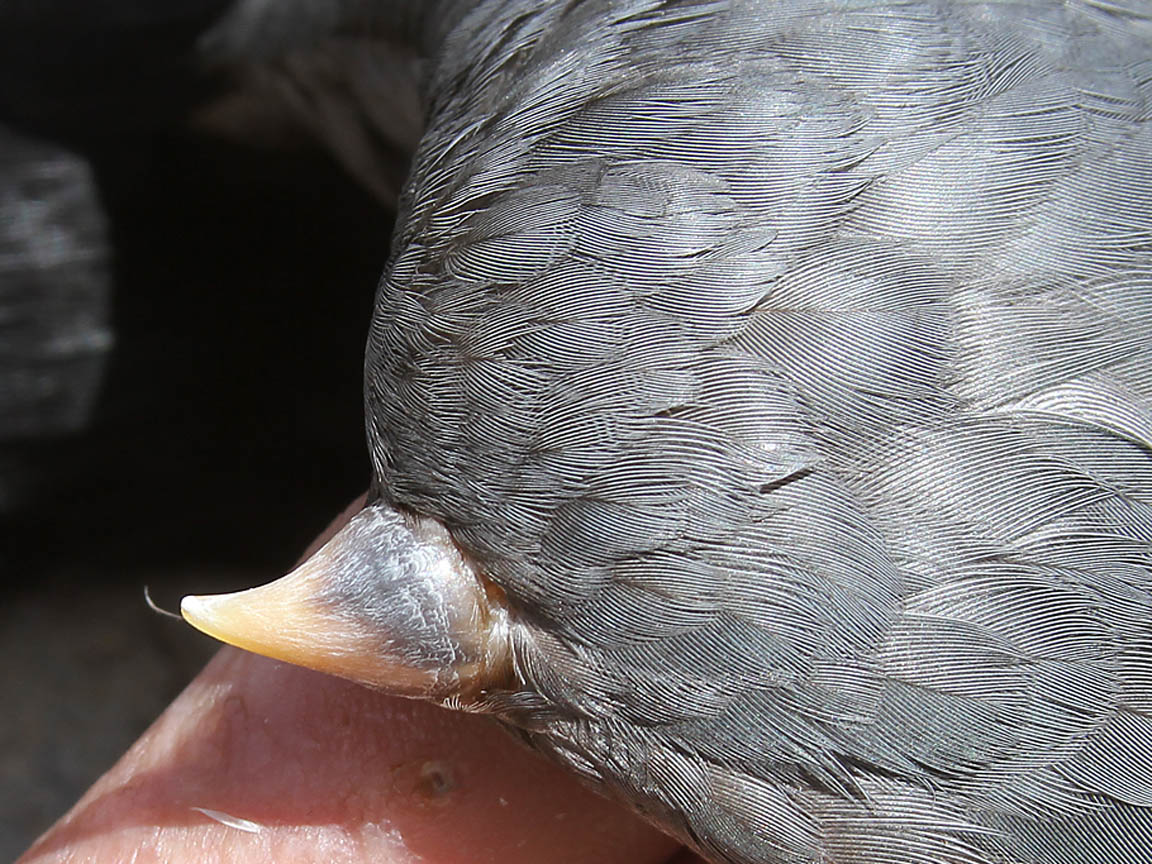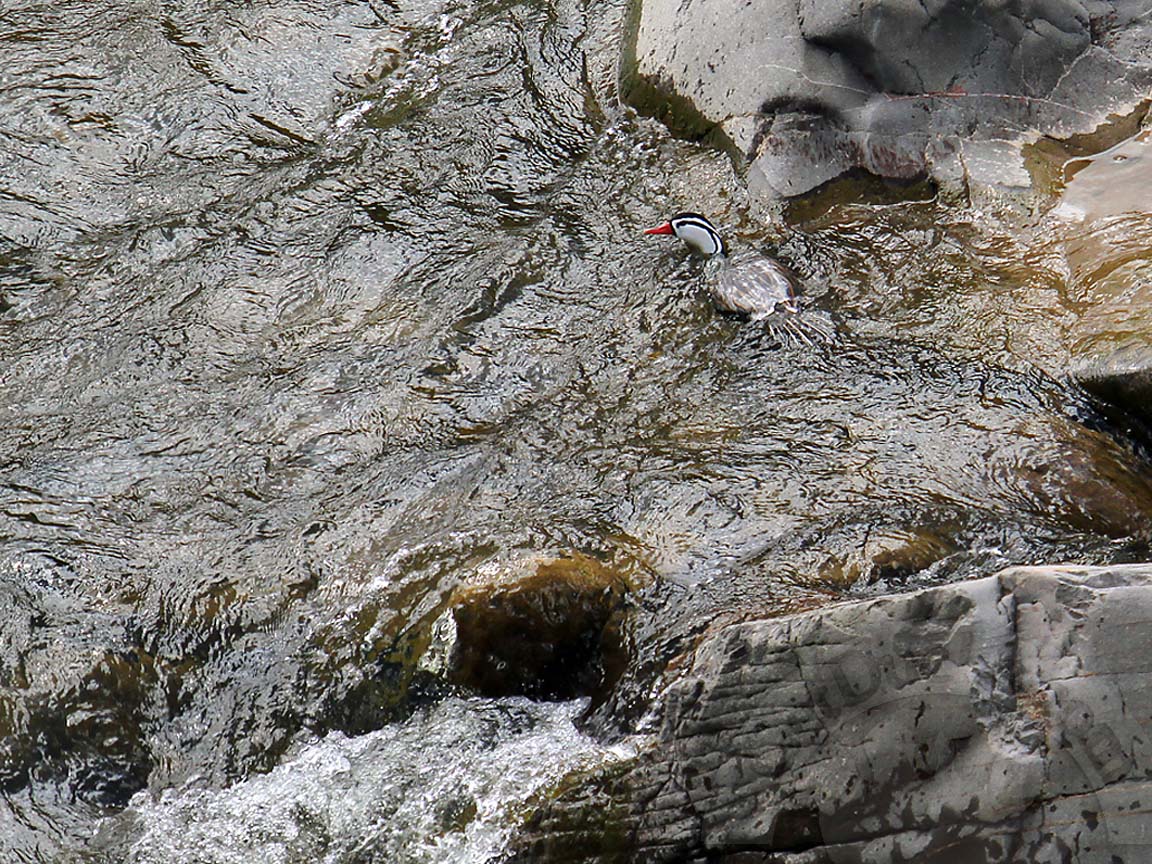Torrent Duck (pre 2012)
The Torrent Duck (Merganetta armata), is a fascinating and well-adapted duck species. Endemic to South America, this medium-sized waterfowl has evolved distinctive morphological, behavioral, and ecological characteristics, allowing it to thrive in the challenging environments of fast-flowing mountain streams.
SPECIAL NOTE: Per IUCN torrent duck’s conservation status is considered “Least Concern,” and they were once hunted in Peru. Since about 2012, however, there have been no allowable exceptions under which torrent ducks may be legally hunted. They are now considered strictly protected and are not hunted. The singular purpose of this species profile is only to describe a former world game bird species.
Torrent ducks exhibit marked sexual dimorphism, a common trait in waterfowl. The males, known for their elaborate and eye-catching plumage, present a glossy dark head adorned with contrasting white eye patches. A striking chestnut-colored body, coupled with a crescent-shaped white patch on the face, enhances the male’s aesthetic appeal. Females, in contrast, exhibit a more cryptic mottled brown plumage, providing effective camouflage against the rocky backgrounds of their habitat. This dimorphic characteristic is often associated with reproductive strategies and mate selection within the species.
One of the torrent duck’s most remarkable adaptations lies in its ability to navigate fast-flowing mountain streams. Their robust webbed feet serve as specialized tools for maintaining stability in turbulent waters. These feet, coupled with a streamlined body, enable agile swimming and precise maneuvering through challenging river ecosystems. Such adaptations are essential for their foraging behavior and overall survival in habitats characterized by swift currents and rocky substrates.

The torrent duck is predominantly carnivorous, relying on a diet composed of aquatic invertebrates and small fish. Their foraging strategies are finely tuned to the dynamic nature of their habitat. These ducks are known for their adept underwater foraging, using their specialized bills to probe crevices and rocky substrates for prey. This dietary preference highlights the species’ ecological niche within its ecosystem and underscores its role in maintaining the balance of local aquatic food webs.

During the breeding season, torrent ducks engage in elaborate courtship displays, a critical aspect of their reproductive behavior. Males showcase behaviors such as head bobbing, vocalizations, and wing flapping to attract potential mates. Nesting sites are strategically chosen near water sources, concealed from predators. The clutch typically consists of a moderate number of eggs, and both parents contribute to incubation and care of the offspring.
The conservation status of the torrent duck reflects its vulnerability to habitat degradation and anthropogenic disturbances. Deforestation, pollution, and alterations in river dynamics pose significant threats to their preferred habitats. Conservation efforts are crucial to preserving these specialized waterfowl and maintaining the delicate balance they contribute to in their ecosystems.
The torrent duck stands out as a captivating species with its unique adaptations, intricate behaviors, and ecological significance within South American mountain streams. Understanding and safeguarding these facets are essential for the long-term conservation of this remarkable waterfowl.








